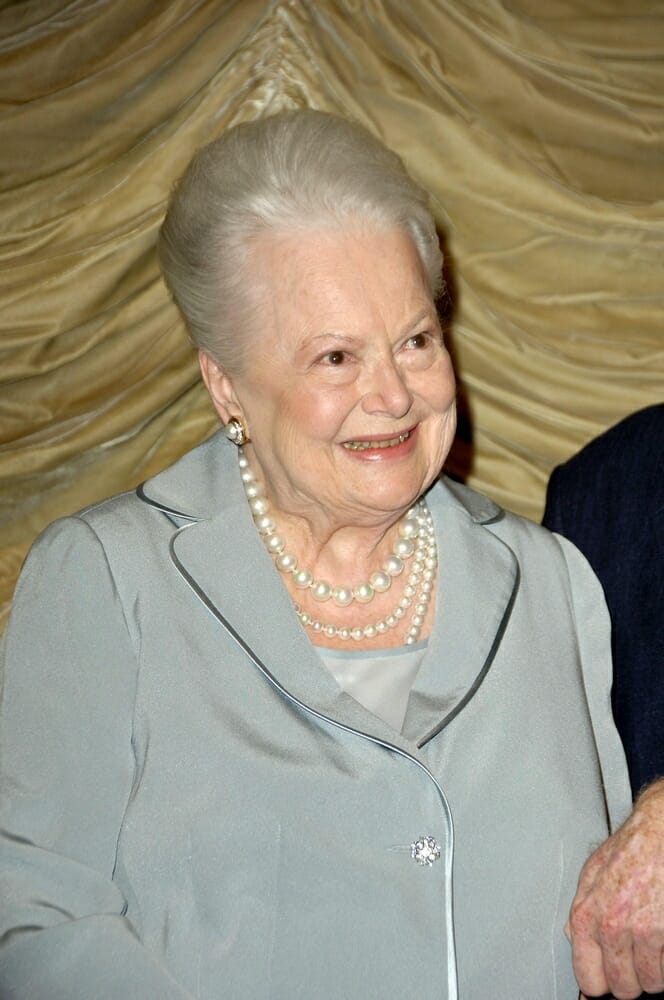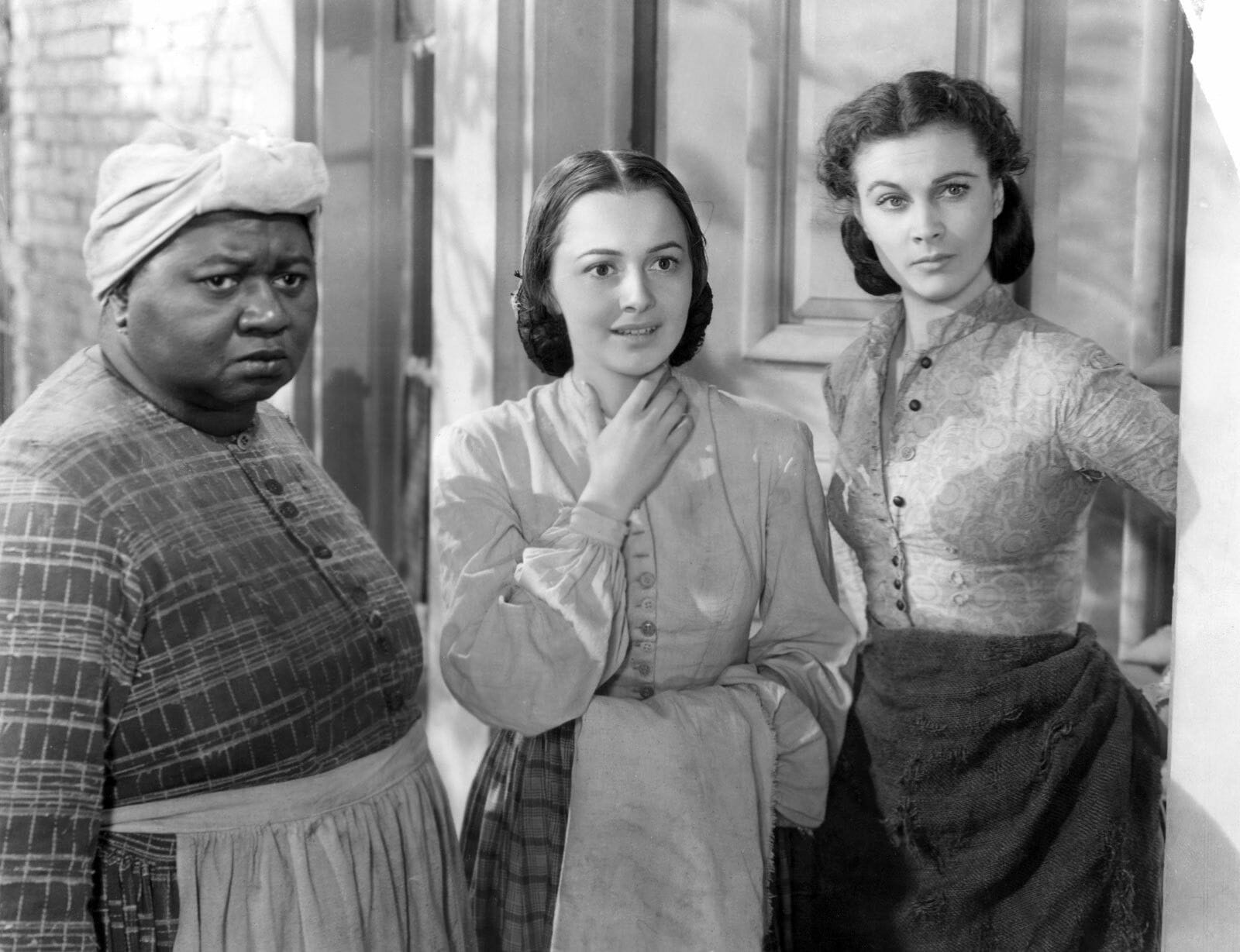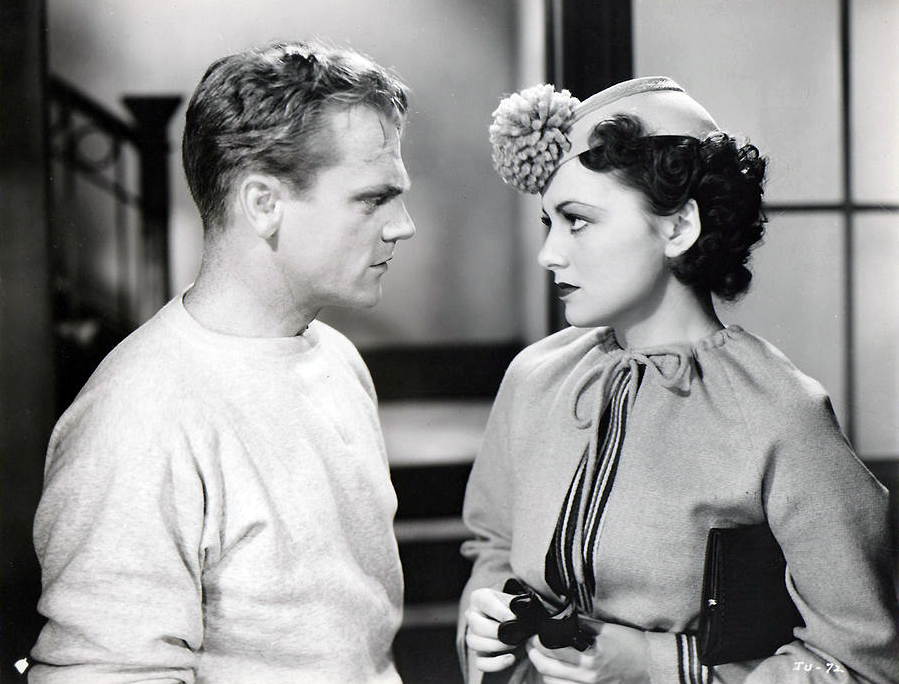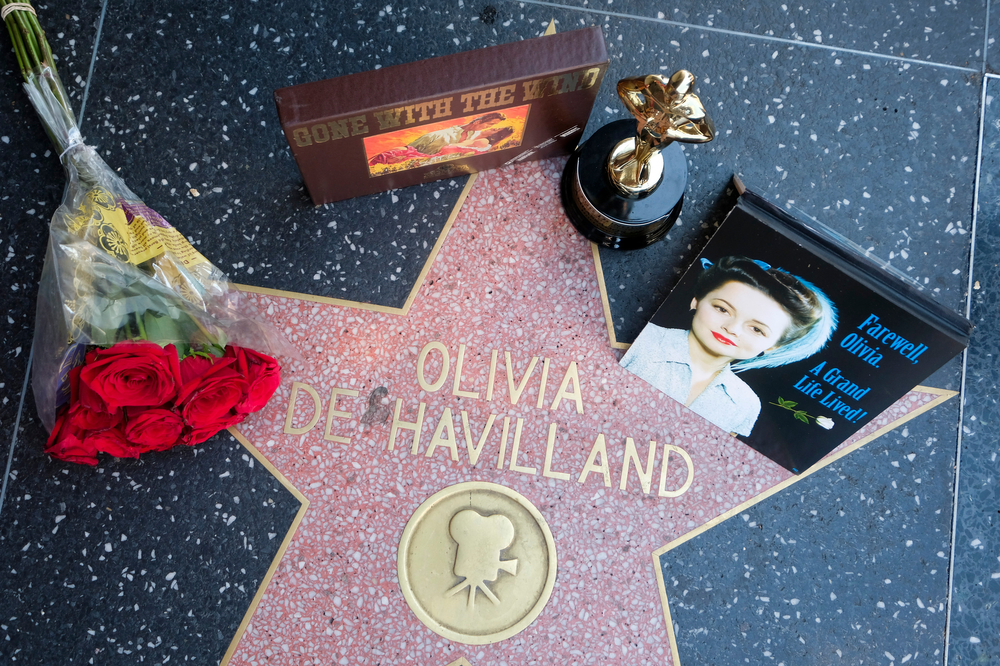
In 2020, Hollywood lost one of its true legends: Olivia de Havilland.
The two-time Oscar-winning star of classic films like Gone with the Wind and The Adventures of Robin Hood, died at 104.
The last living major star of Hollywood’s golden age was notorious for her dark sense of humor during the filming of Gone With the Wind,– but her real-life was even darker than her movies…

Nobody can touch Olivia in terms of her grace, control, beauty, strength, intelligence, and wit. She was the epitome of a lady.
De Havilland first gained fame in the 1930s as one of Hollywood’s top ingénues, memorably starring in swashbuckling adventure films opposite Errol Flynn, including the classics Captain Blood and The Adventures of Robin Hood.
She finished the decade with perhaps her best-remembered role: Melanie Wilkes in the classic Gone with the Wind, often ranked as one of the best Hollywood films of all time and, adjusted for inflation, still the highest-grossing film ever made.
As the kindhearted best friend and confidant to Vivien Leigh’s Scarlett O’Hara, de Havilland provided the heart of the film, giving a classic performance that earned her her first Oscar nomination.

But her other biggest contribution to Hollywood came off screen: in 1943, she sued Warner Bros. over the terms of her exclusive contract, wanting the freedom to pursue roles with other studios.
She won the lawsuit, striking a blow on behalf of actors and reducing the control the studio system had on them. To this day, it’s known as “The de Havilland Law.”
It also meant de Havilland was able to break her ingenue stereotype at Warner Bros and pursue more dramatic roles, which paid off: She received two Academy Awards for Best Actress in a Leading Role for 1946’s To Each His Own and 1949’s The Heiress, among other honors.

Tragic childhood
In 1960, she received a star on the Hollywood Walk of Fame. In 2008 she was honored with the National Medal of Arts. De Havilland made her last screen appearance in 1988 but survived as one of the last members of classic Hollywood.
Olivia de Havilland must have been very proud of what she accomplished, considering where she came from. Her childhood was pretty tragic and turbulent. Olivia was born in Tokyo in 1916 to British parents, Lillian (nee Ruse), an actor, and Walter de Havilland, a patent lawyer.

Olivia also had a younger sister, actress Joan Fontaine, born in 1917. According to BBC, the sister’s relationship and rivalry ”was a constant source of speculation in the gossip columns.”
Olivia and Joan apparently suffered from bronchial problems, so their mother decided to move to California in 1919. The idea was to find a better climate for the girls – a doctor said that the climate in Saratoga, in the foothills of the Santa Cruz mountains, would do them good.
Sadly, the relationship between Lillian and Walter de Havilland was estranged. Olivia’s father was notorious for his infidelities and would later abandon the family. 11 days after moving to California, the father left and returned back to Tokyo to marry his Japanese housekeeper.
Fight with stepfather
Instead, Olivia de Havilland grew up with her mother, sister, and stepfather. The mother’s upbringing has been described as very strict. Lillian had very high demands on her daughters. Both Oliva and Joan needed to ask permission to leave the house.

When a teenage de Havilland, with her huge brown eyes and long golden-brown hair, started to get interested in amateur theatre and started starring in school plays, things turned sour at home.
She really wanted to pursue a career in the entertainment industry, which ultimately led to a sharp confrontation with her stepfather, George Milan Fontaine. He didn’t want her to become an actress and threatened to go kick her out of the house if Olivia agreed to take on the lead role in the high school play ”Pride and Prejudice.”
But Olivia’s passion for drama couldn’t be stopped.
Her stepfather, known for his rigid discipline, made it clear that if she left the house, she left forever. The 17-year-old girl decided to take the role and left her home to pursue her dreams.
Olivia stayed at the home of friends until she won a scholarship to Mills College. And the rest is history.

Inside her passing
Olivia’s passing has left a huge hole in the atmosphere, like oxygen leaving the room around us.
She died on July 26, 2020, at the age of 104. She died at her home in Paris of natural causes, according to her publicist.
Of course, it didn’t take long for Hollywood paid tribute to the legend and her incredible career.
Actress Jane Seymour recalled working with her on a film, calling her ”larger than life” and ”a brilliant actor.”
And one of the most personal tributes came from an unlikely source: actor Jared Leto, who recalled meeting de Havilland in Paris and discussing how the actress’ legal victory impacted his own career.
“I thanked her for her bravery and shared how her choices affected me and my brother,” Leto wrote on Twitter.
And fans even honored de Havilland with tributes on her star on the Hollywood Walk of Fame:

What an extraordinary life and career. Rest in peace to a true Hollywood legend! Share this story with your favorite memories of Olivia de Havilland.




